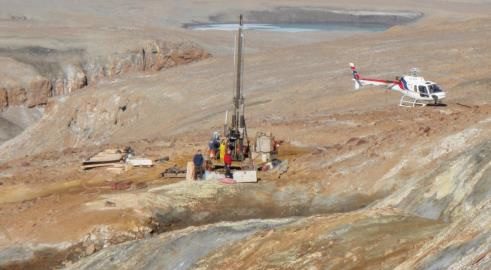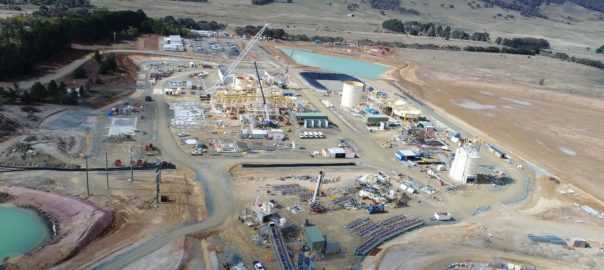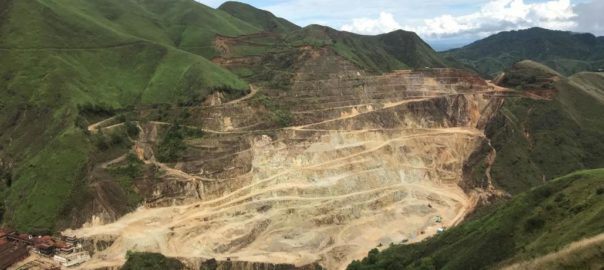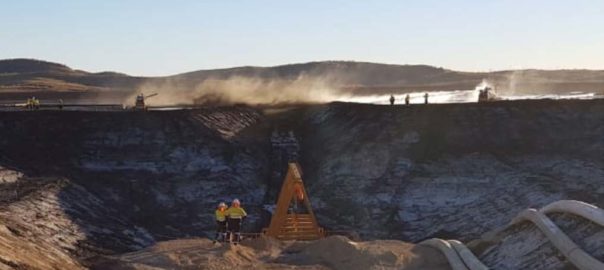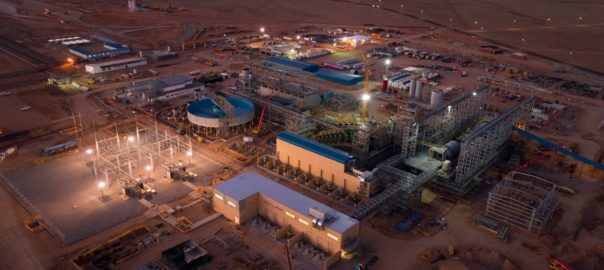Ironbark Zinc and Metso have signed a memorandum of understanding (MoU) in relation to a potential services and equipment contract for the Citronen zinc project in Greenland.
The ASX-listed company said the MoU sought to provide a platform to negotiate a commercial and binding agreement regarding services and equipment to be provided by the mining OEM for Citronen. The pact would enable Metso to commence engineering tasks preceding the completion of detailed engineering of processing equipment, including the provision of technical specifications for specific third-party supplied equipment, the company added.
Ironbark said it was also in discussions with other “highly regarded groups” regarding the supply of all components of the Citronen facility. “These companies have the potential to significantly assist with the overall project financing,” it said.
Metso has collaborated with Ironbark for several years and was instrumental in the preparation of the process flow sheet for the Citronen feasibility study, according to Ironbark.
“The two groups have maintained open communication during this time. A Metso technical representative visited the project site in August 2018,” the company added.
The future commercial agreement will contain and address the following matters:
- Scope of Metso’s supply of services and equipment;
- Price for Metso’s supply of services and equipment and payment terms, including a lump sum cost for remaining engineering works and project management scope;
- Delivery terms;
- Provision of process guarantee;
- Metso compliance with Greenlandic Government requirements and guidelines as applicable.
Ironbark Managing Director, Jonathan Downes said: “We are delighted to have moved towards building on our long running relationship with Metso and the Citronen zinc project. Metso is exceptionally well regarded internationally and has direct experience with projects with very similar commodities, grades and scales to Citronen. Metso is also located in Scandinavia and therefore is well positioned to comply and assist with the training and employment obligations that Ironbark is operating under in Greenland.”
The wholly-owned Citronen project is held under a granted 30-year mining licence. The $514 million project envisages a production rate of 3.3 Mt/y with up to 200,000 t/y of zinc metal produced over 14 years.
In August, Ironbark signed an MoU with Byrnecut Offshore Pty that could see the contractor carry out mining, model underground mine costs and provide the fleet for the project.






